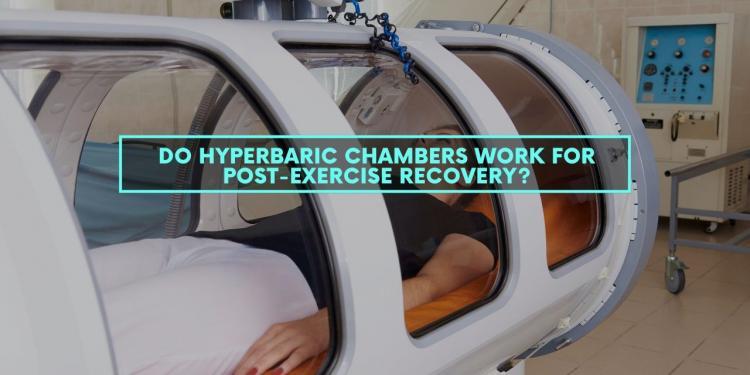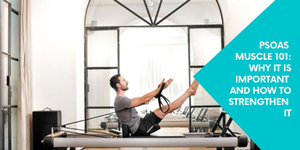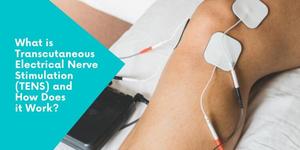Hyperbaric oxygen therapy (HBOT) has been an important tool in medical science for over 50 years. It was a way to help fight infections, poisons, and heart disease. But it’s not until more recently that hyperbaric therapy has found a role in sports medicine. This treatment enabled athletes to heal faster from sports injuries.
Among MMA fighters, one of the most outspoken proponents of hyperbaric oxygen therapy has been Urijah Faber. He who credits hyperbaric treatments for healing his broken hands quickly. And other fighters have followed Faber’s example by trying hyperbaric chambers or even buying their own. Some of these fighters are Cain Velazquez, TJ Dillashaw, and Daniel Cormier.
Top athletes in other sports have touted oxygen therapy. These athletes include soccer’s Cristiano Ronaldo, swimming’s Michael Phelps, and pro wrestling’s Daniel Bryan. The training staff of major-league teams in professional sports regularly use hyperbaric therapy for injured players as well.
And HBOT isn’t just for healing anymore. Many of these athletes now make it a regular part of their training routine to speedy recovery. When athletes work their muscles hard enough, it becomes deoxygenated and fills with lactic acid. A hyperbaric environment should theoretically help flush the muscle with fresh oxygen faster, returning it to full strength.
But is it worth checking out for you?

The Science and Theory Behind Hyperbaric Oxygen Therapy
Hyperbaric therapy depends on the principle that chemists call Henry’s Law. This is if gas and liquid are under pressure, the gas will dissolve more easily. In turn, the liquid will be able to accept more dissolved gas. Soda Companies bottle soda under pressure. They force more carbon monoxide into the liquid. This is what makes it way fizzier.
In the case of hyperbaric therapy, the gas is pure oxygen, and the liquid is your own bloodstream. Breathing oxygen in a high-pressure environment increases your blood’s ability to carry oxygen and improves blood flow to your muscles and organs.
Scientists have been studying the effects of hyperbaric environments on the body ever since the invention of the diving bell. By the 19th century, many spas offered hyperbaric chambers to improve the health of people with heart or lung disorders.
In 1928, Dr. Orville Cunningham of Cleveland built a massive hyperbaric “hotel” with 38 rooms in a five-story, 900-ton steel sphere. He claimed he could treat even cancer or diabetes with hyperbaric therapy. But outrageous claims like these led to hyperbaric therapy being dismissed as quackery for many years.
In the 1960s, Dutch doctors began experimenting with the use of hyperbaric therapy in combination with a pure oxygen atmosphere. They did this in order to flood the patient’s tissues with extra oxygen. They found that the combination of high pressure and pure oxygen had extremely beneficial results. This enabled patients to fight off severe infections and making heart and lung operations easier. Furthermore, their work has led to HBOT being accepted by mainstream medicine and allows us to benefit from it today.
Does Hyperbaric Oxygen Therapy Work?
The answer to that is a qualified yes. HBOT is well established as a treatment for several kinds of severe medical conditions. Gas gangrene is one of several medical conditions that benefit from HBOT.
Another condition HBOT has proved useful in is carbon monoxide poisoning. People poisoned with carbon monoxide have their red blood cells bound, preventing them from carrying oxygen. This causes sickness and possibly death as your organs no longer get enough oxygen.
With hyperbaric therapy, your body can be supplied with enough oxygen to keep going until the carbon monoxide is flushed from your system.
Hyperbaric oxygen therapy has also had proven success in helping wounds and injuries heal. Doctors use it as a supplement in cases where natural healing isn’t progressing normally. This is due to infections, diabetes, or other problems that might affect circulation in the injured area.
Hyperbaric-assisted healing also seems to vary widely in effectiveness based on the type of injury and where it is. It seems more effective in treating fractures and damaged ligaments than on muscle and other soft tissue injuries.
As with any new medical treatment, there are always true believers (or scammers) who make overblown claims. Numerous people online claim their hyperbaric chambers are effective against cancer, autism, HIV, or diabetes. On another note, scientists are now exploring the use of hyperbaric oxygen in treating post-traumatic stress disorder. People getting these stress disorders may be caused by brain injuries and alleviating Alzheimer’s disease. Hyperbaric chambers may even have possible uses in dentistry.
Recovery
This leads us to the question of exercise recovery. There, the science is a bit less clear because it’s only recently that athletes and sports physicians have started trying to use oxygen therapy as a routine part of athletic training. Some animal studies have had promising indications for the use of hyperbaric therapy to help muscle recovery.
Researchers have done a study done a few years ago on a group of eleven Brazilian jiujitsu fighters. They found no measurable benefit in training recovery from hyperbaric oxygen. Furthermore, they suggested that any increased performance the athletes felt might have simply been a placebo effect.
But a study done on eleven people is hardly conclusive, and there will be many more studies done before hyperbaric oxygen is proven effective for sports recovery or not. And until then, the top fighters, who are always looking for any edge they can find, will continue to be at the front of testing new methods to overcome the limitations of the human body.
Conclusion
It’s important to keep in mind that just because something works for a top fighter, it won’t necessarily benefit you or me. At top levels of performance, even a tiny advantage in preparation or recovery can make all the difference, but it may not make a noticeable change for the average gym athlete.
If you’re wondering whether HBOT can benefit you, it’s always important to talk to your doctor first. People should always check with their health insurance providers. Insurers will usually cover the cost of hyperbaric therapy. Though, only when it’s used for certain conditions. For example, infections or injury.




